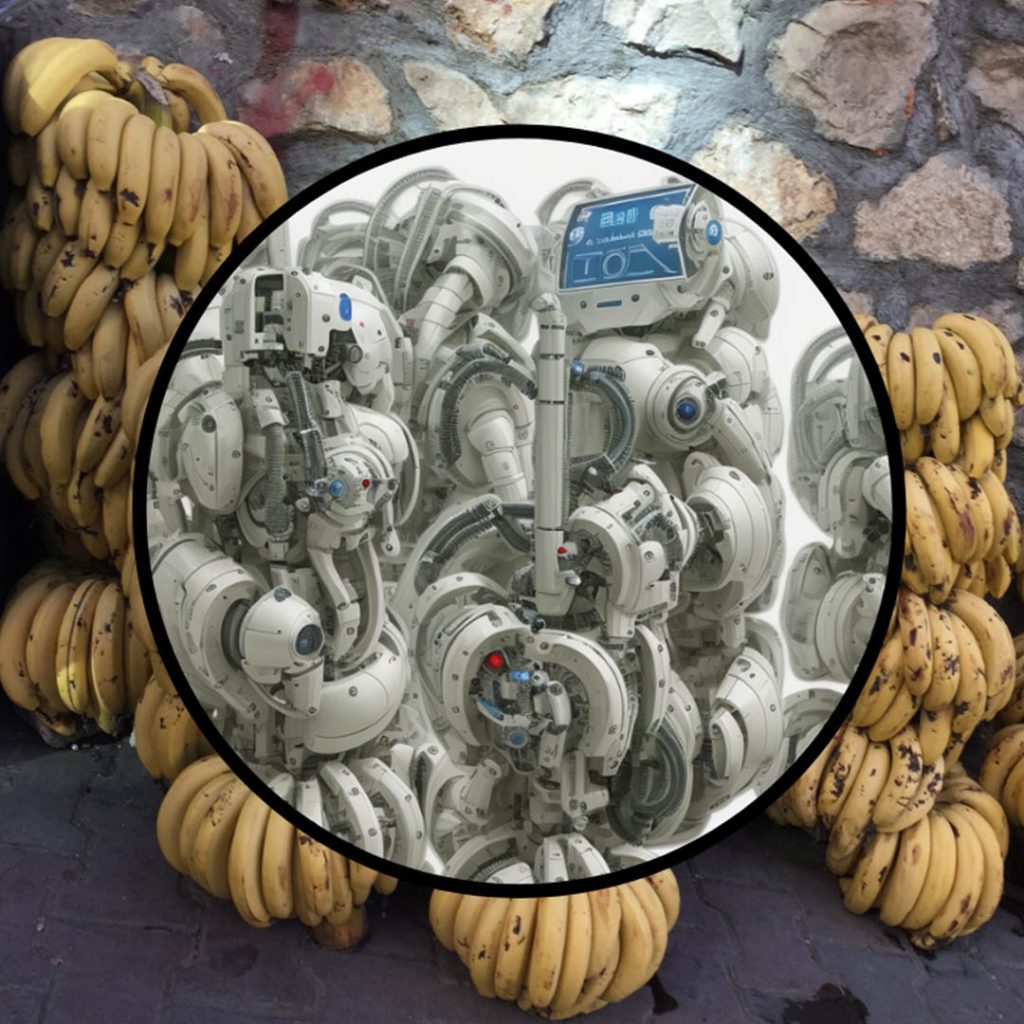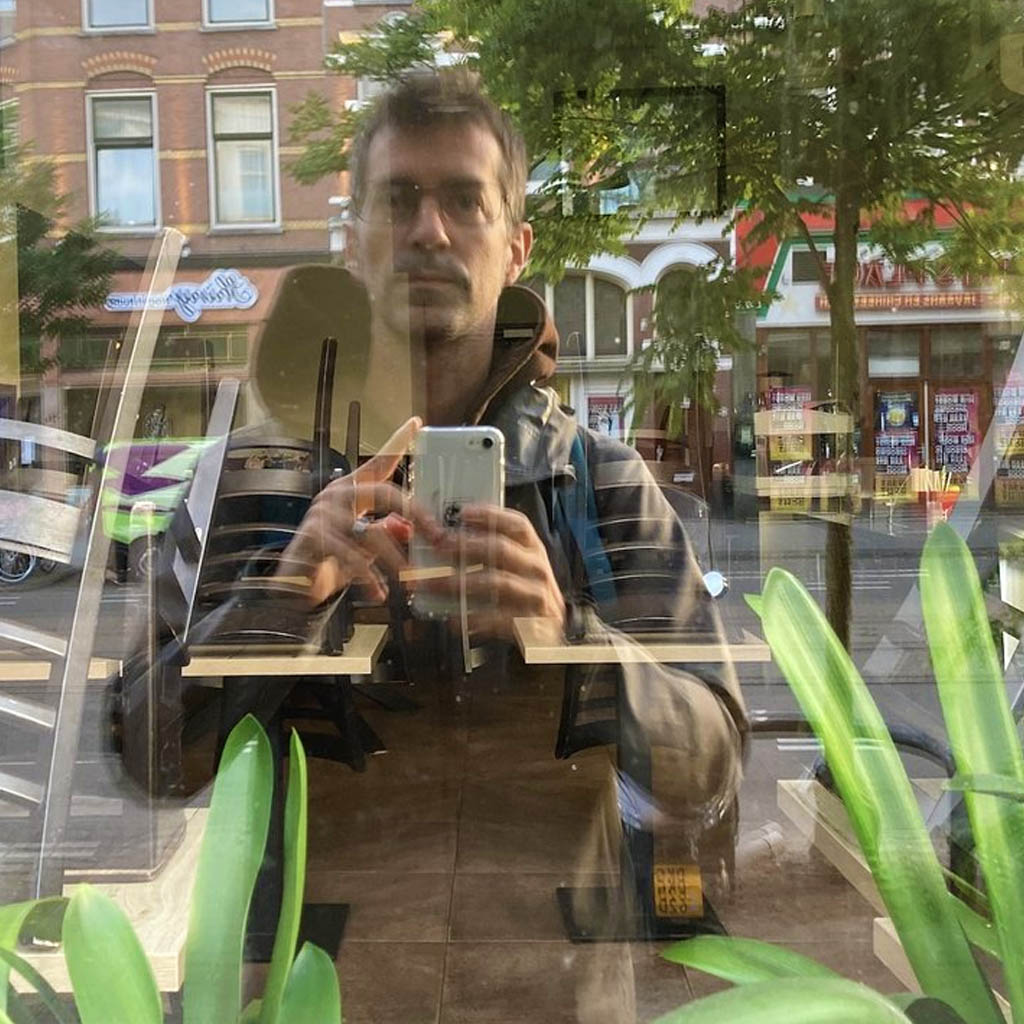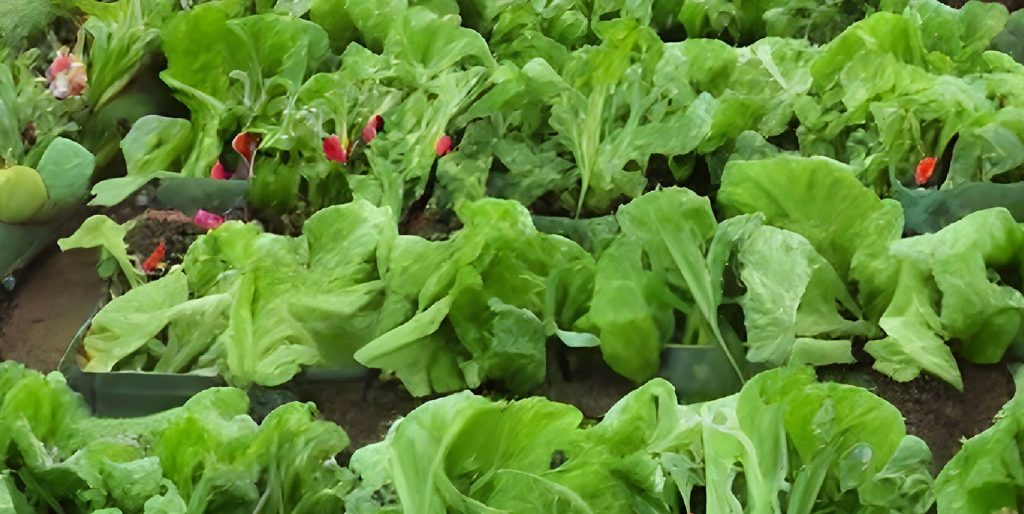HUNGRY ECOCITIES > Humanizing Technology Experiments

Food Dysmorphia
Utilizing generative AI and computer vision technologies, this project will use reality filters to narrate food realities and uncover untold stories, shedding light on system failures and food-related issues.
DIRECTION OF EXPERIMENTATION
Mega Scale
TECH TAGS
#virtual reality #custom-made datasets #AR platform #real-time visual data #algorithmic biases #filter-bubbles
TEAM
Bernat Cuní Soler + EatThis + KU Leuven Institutes & Brno University of Technology + In4Art
PROJECT SUMMARY
“Food Dysmorphia” uses AI technology to empower citizens to critically examine the impact of the industrial food complex through aesthetics and storytelling. It addresses the hidden economic aspects of the food system, revealing the true costs obscured within the complexities of the food industrial complex. The project maps out food inequalities, visually representing externalized costs to enhance understanding. It aims to develop a “reality filter” using AI and computer vision, altering images of fruits and vegetables to reflect their true costs, thus facilitating discussions, actions, and knowledge sharing. The target audience includes individuals interested in sustainability, food systems, and social change, especially those open to deeper exploration of these topics. This is a political project, shedding light on the political dimensions of the food industry and its societal impact.
The project will explore systemic input providers failures and opportunities through the food’s look & feel. It will map the food inequalities aiming to uncover externalised costs of food. Those inequalities will be represented visually and presented interactively to the viewer to empower their comprehension of the food system.
The ambition is to identify impactful actors and practices that shape the food system’s inequalities and present them to the general public in a simple and engaging manner. Viewers will be able to complement their existing food discussions and initiatives with a cost dimension.
Why we need this project? Because in between the polarising views on what is better, healthier or safer there is the economic system where the food system operates, where the true cost of food is often hidden within the complexities of the food industrial complex.
The food industry’s market-driven focus on aesthetics and storytelling has led to widespread misrepresentation. Misleading labelling, misconceptions about farming methods, and deceptive packaging practices contribute to unrealistic expectations and disconnect consumers from the realities of food production. Addressing these issues is crucial for promoting transparency and informed choices in the food industry.
Anticipated outcome: A “reality filter” will be developed using AI and computer vision to take a given image of a fruit or vegetable to augment and morph it visually to an image that relates to its true cost. The generated image can serve as starting point to disseminate the message, start discussions or take action. When a user sees the food reality thought the filter, the user should be triggered and willing to share this knowledge or dig deeper into it to explore current solutions and approaches.
To stay up to date on the research progress and all refereces, look at: Food Dysmorphia — cunicode / Digital Craftsmanship

ARTIST
Bernat Cuní
Bernat Cuní is an artist who works with code, crafts, and robots to explore the digitization of objects and spaces.
Currently experimenting with artificial intelligence, mixed reality, and digital craftsmanship.
He runs cunicode.com, a studio that explores creative applications of emerging technologies from a post-capitalist lens.
Bernat began his career as an industrial designer, but feeling uncomfortable with the extractive and consumerist agenda of producing physical items, he switched to research-based design practices to focus on people rather than products.
He later spent several years in Hong Kong, running sustainability projects and managing a design incubator at the School of Design from the HK Polytechnic University.
After returning to Barcelona, he worked with digital fabrication technologies for their potential to democratize access to the means of production; and participated in several EU research projects and launched a couple of startups.
Since 2019, he is focused on artistic practice as a space to develop experimental and research projects based on technology and activism that do not fit into the corporate space.
Notable residencies include SNAP.inc and Runway, software companies where he developed artistic projects using AI and augmented reality tools.
